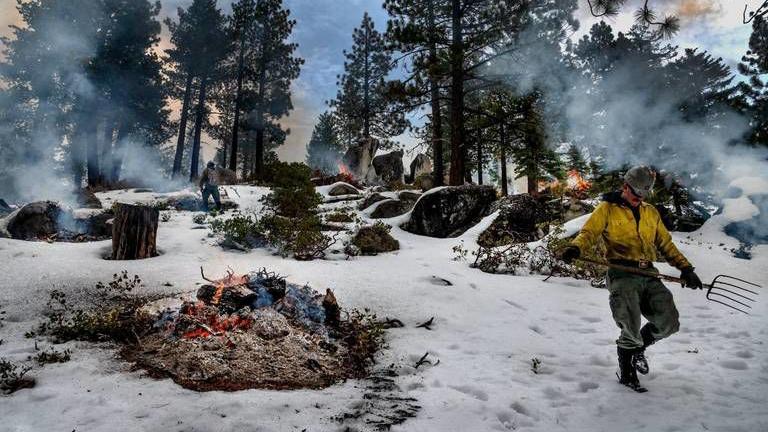Still, state officials believe the agreement is significant as California tries to pivot away from the emphasis on traditional fire suppression. “A paradigm shift,” said Wade Crowfoot, secretary of the California Natural Resources Agency.
WILDFIRE ENGULFS THE PACIFIC NORTHWEST
Chris Martin, emergency management coordinator at the fire department in Roslyn, Wash., made a three-hour trip last fall to the small town of Malden, near the Idaho border.
He came to pay his respects.
Weeks earlier, Malden almost completely burned to the ground, the first Washington town in memory to suffer such a fate. City Hall, the fire station, post office and library — “nothing really left but foundations and chimneys,” Martin said.
When Martin first raised the idea of prescribed fire in his town a few years ago, residents objected. Now they want to see more of it, and the fires of 2020 have intensified that feeling.
“All the destruction in California and Oregon, people are starting to pay attention,” said Martin, chairman of the Washington Prescribed Fire Council.
But regulators still throw up roadblocks, particularly around air pollution.
“We get our decisions being made by a meteorologist at a desk in Olympia,” he said, referring to the state capital. “These regulators — they don’t want to see any smoke.”


